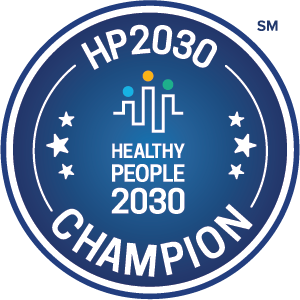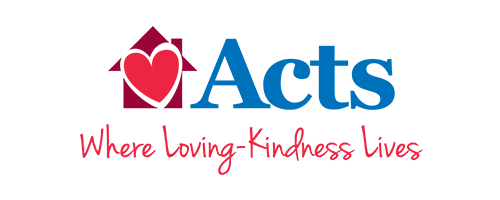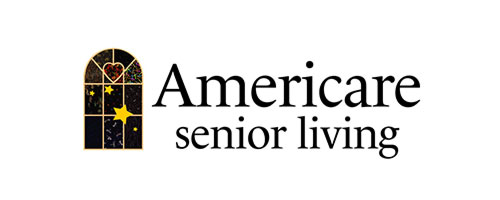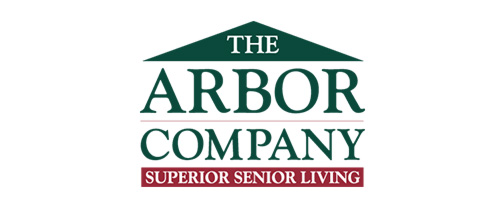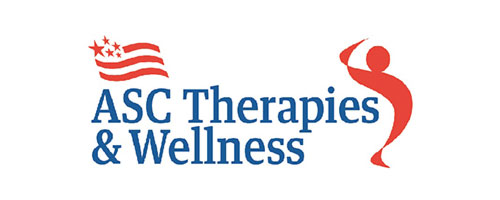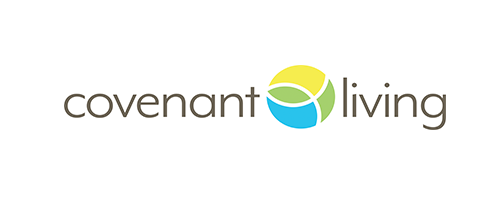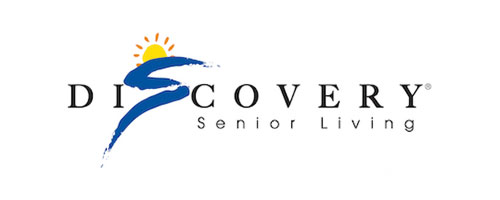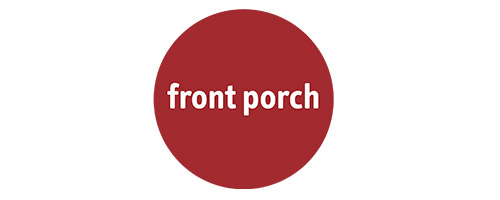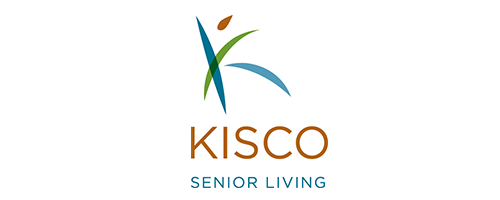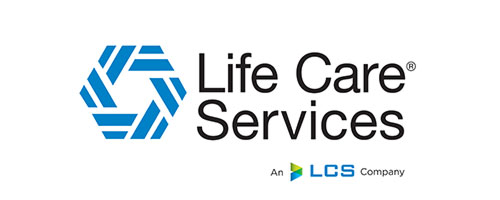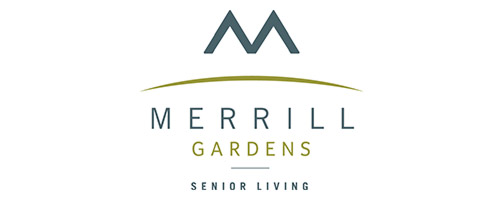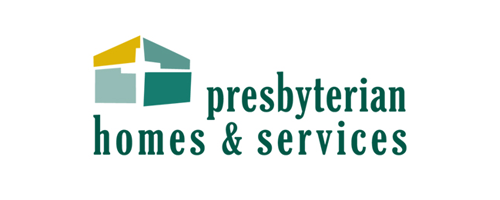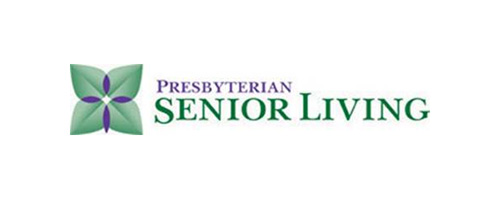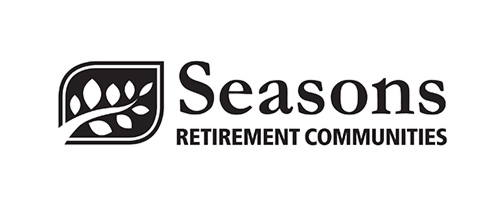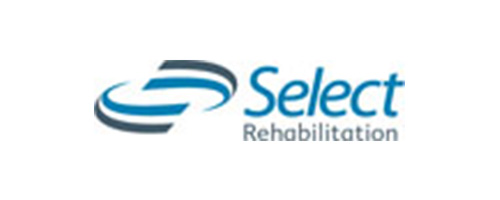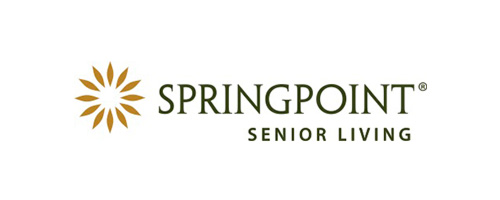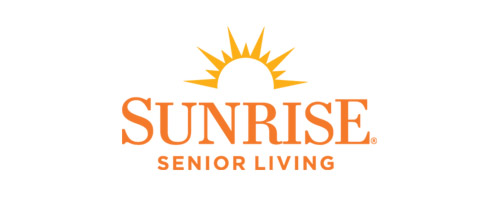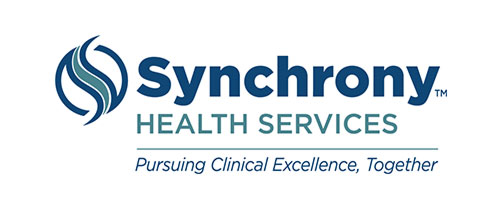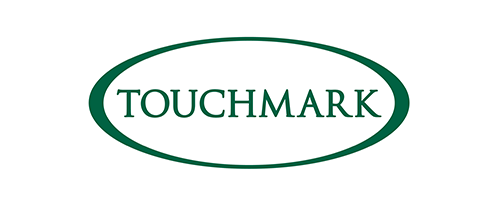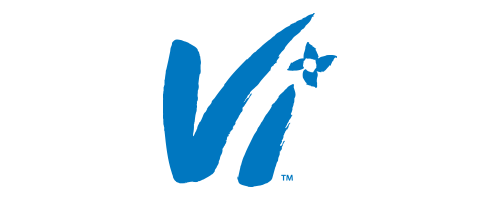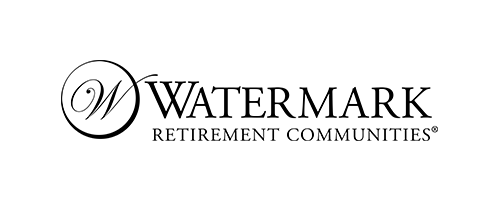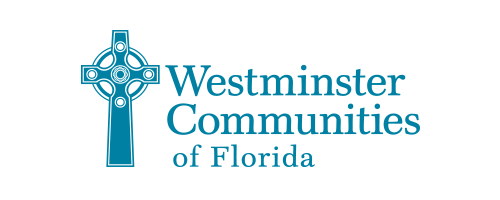Older Americans Month: A time to tackle food insecurity
Communities of Strength is this year’s theme for Older Americans Month. There are many ways to build community strength. Tackling the growing food insecurity among older adults is foundational to achieving active aging and wellness.
However, putting food on the table can be a real struggle for many older adults with limited budgets. Today, this population faces unprecedented rates of food insecurity, fueled by the COVID-19 health and economic crisis.
Ensuring older adults have access to nutritious food is always critical, and this task has become even more important during the pandemic because older adults are at increased risk for COVID-19 and malnutrition. And as we have seen over the last year, these conditions can amplify each other.
Hunger is an equity issue.
Some 2 million adults who are 65 or older reported in a recent survey that their household had sometimes or often not had enough food to eat in the last seven days, according to Household Pulse Survey data collected from March 17-29, 2021. Longstanding racism and discrimination continue to exacerbate hunger in America as inequities are displayed in higher hunger rates for Black, Latinx, American Indian, Alaska Native, Native Hawaiian, and Pacific Islander older adults.
Hunger is a health issue.

Food insecurity has serious consequences for the health and well-being of older adults. Beyond the consequences for individuals and families, food insecurity also has costly implications for the healthcare system.
Hunger is important to address with SNAP and other programs.
There are solutions to support the nutrition of older adults, including increased use of the Supplemental Nutrition Assistance Program (SNAP). By providing monthly benefits to eligible low-income people to purchase food, SNAP plays a critical role in reducing hunger, malnutrition and poverty. SNAP can reach any eligible older adult with a benefit that is 100 percent federally funded.
While SNAP is available to individuals of all ages, the program is well-suited to benefit older adults:
SNAP protects older adult health and helps maintain independence.
SNAP can be used at tens of thousands of locations across the nation where older adults would normally purchase their food.
SNAP boosts the income of older adults.
Take Action Now to Address Older Adult Hunger!
Spread the word about the importance of SNAP and other nutrition programs for older adults. The US Department of Agriculture (USDA) and US Department of Health and Human Services (HHS) administer a number of federally funded nutrition programs that support the food and nutritional needs of low-income older adults.
USDA programs include SNAP, the Commodity Supplemental Food Program, and the Child and Adult Care Food Program. HHS programs include the Home-Delivered and the Congregate Meal programs. Use this fact sheet from the Food Research and Action Center (FRAC) to spread the word about older adult nutrition programs.
Publicize how older adults all over the country benefit from SNAP. SNAP is the only nutrition program available to all eligible older adults in every part of the country. Nationally, in each month of fiscal year 2019, SNAP on average reached 5.3 million low-income households with individuals age 60 or older (according to the most recent data available). And this number has grown during COVID-19. In every county of our nation, SNAP matters to older adults, whether they live in metropolitan, small town, or rural counties.

Use this FRAC tool, supported by the AARP Foundation, to see how many older adult households in each county benefit from SNAP.
Share information about how SNAP is responding to help older adults during COVID-19. Even though SNAP helps millions of older adults improve their nutrition, health, and well-being, millions more who are eligible are not participating. In fiscal year 2018, SNAP reached only 48 percent of eligible older adults. Older adults often do not participate in SNAP in part because they think the application process is too complicated or the minimum benefit of $16 per month is too low.
Now is an opportune time to connect older adults to SNAP, as benefits have been increased while the application and recertification processes have been streamlined in response to the COVID-19 hunger crisis. Learn more about SNAP policy changes and how those changes can benefit older adults.
Strengthening our communities by increasing access to and promoting SNAP and other nutrition programs is an important way to recognize and support Older Americans Month. Those efforts will also promote healthy aging and improve the nutrition and well-being of older adults.
For more on addressing hunger, sign up for the FRAC Action Network.
Alexandra Ashbrook
Director, Special Projects & Initiatives, Food Research & Action Center
Note: This information is not intended to replace a one-on-one relationship with a qualified healthcare professional and is not intended as medical advice. It is intended as a sharing of knowledge and information from research. The view expressed here are not necessarily those of the ICAA, we encourage you to make your own health and business decisions based upon your research and in partnership with a qualified professional.
Share


